Tokyo's Pulse: Your Ultimate Guide to Contemporary Art in the Metropolis (An Artist's Take)
Tokyo. Just the name conjures images – neon-drenched streets, serene temples, impossibly crowded crossings, and perhaps, if you're like me, a slight sense of bewildering, exhilarating chaos. It’s a city that feels like it’s living several centuries simultaneously. And nowhere is this electric blend of old and new, hyper-modern and deeply traditional, more palpable than in its contemporary art scene. It's a place that constantly sparks my own creative journey, reminding me that inspiration can be found in the most unexpected corners.
Maybe you're planning a trip, maybe you're just curious, or maybe, like me sometimes staring at a blank canvas, you're just looking for a jolt of inspiration from halfway across the world. Whatever brings you here, let's try to unravel the glorious tangle that is contemporary art in Tokyo. It's not always straightforward – finding that hidden gallery tucked away in a quiet lane can feel like a mini-adventure in itself. But trust me, the discoveries are worth it. It's a city that challenges you, much like a blank canvas does, but the rewards are immense.
What Makes Tokyo's Contemporary Art Scene So… Tokyo?
You might ask, isn't contemporary art just contemporary art everywhere? Well, yes and no. While global trends certainly wash over Tokyo's shores, the city filters them through its own unique lens. I think it boils down to a few key things, elements that resonate deeply with me as an artist:
- Tradition Meets Tomorrow: Centuries of artistic heritage (woodblock prints, calligraphy, ceramics, textile arts) aren't just museum pieces; they subtly inform the aesthetics and techniques of many contemporary artists. Think delicate lines meeting digital screens, ancient philosophies blending with pop culture commentary. You see artists like Kohei Nawa, whose 'PixCell' sculptures encase objects in glass beads, creating a digital-age lens on traditional forms, or textile artists like Reiko Sudo, who push the boundaries of traditional weaving and dyeing with modern materials and technology. It's this constant dialogue between the past and the future that I find utterly fascinating.
- The Pop Culture Powerhouse: Manga, anime, kawaii culture – these aren't just entertainment; they're integral threads in the city's cultural fabric. Artists like Takashi Murakami famously explored this intersection with his Superflat theory, which, to me, feels like a critique and celebration of consumer culture and the 'flattening' of high and low art, history, and future into a single plane. It's a visual language that's playful, sometimes unsettling, and you see echoes of it everywhere, from gallery walls to street style.
- Urban Energy: Tokyo is dense, dynamic, and constantly rebuilding itself. This energy translates into art that can be intense, experimental, and deeply reflective of urban life, technology, and social shifts. I've seen installations that mimic the claustrophobia of rush hour trains or digital art pieces that pulse with the city's neon rhythm. Artists often grapple with themes of identity in a hyper-connected, yet sometimes isolating, urban environment.
- Space (or Lack Thereof): Real estate is famously tight. This fosters incredible creativity in utilizing smaller, unconventional spaces, leading to intimate gallery experiences tucked away in residential buildings or repurposed shops, alongside the grand museum halls. It reminds me that creativity isn't limited by physical space, but often thrives within constraints. I once stumbled into a tiny, one-room gallery in Ebisu that felt like stepping into someone's intensely curated private world – a powerful experience precisely because of its scale.
- Global Hub, Local Flavor: Tokyo attracts international artists and galleries, making it a truly global art city, particularly prominent in Asia. Yet, it retains a distinct Japanese sensibility – a certain precision, a unique way of looking at materials, or exploring specific cultural themes. It's a fascinating mix, like a perfectly balanced bento box of global influences and local ingredients.
- A Hub for Innovation: Perhaps linked to the urban energy and technological prowess, Tokyo has become a significant center for digital art and new media installations. TeamLab Borderless and Planets are famous examples, but many galleries showcase artists pushing the boundaries of technology in their practice. Photography also holds a strong place, with institutions like the TOP Museum dedicated to the medium.
- The Role of Education: Tokyo's numerous art universities and colleges, like Tokyo University of the Arts (Geidai), play a crucial role, nurturing new generations of artists and contributing to the city's vibrant, ever-evolving scene. They are melting pots of ideas, constantly feeding the creative ecosystem.
![]()
Navigating the Labyrinth: Key Districts for Contemporary Art
Okay, Tokyo is HUGE. Trying to see everything is a recipe for exhaustion (and possibly getting hopelessly lost, which, I admit, can sometimes lead to unexpected discoveries, but let's aim for some structure, shall we?). Here’s a rough guide to key art hubs, based on my own explorations and occasional bewildered wanderings:
Ginza: The Polished Powerhouse
Imagine walking into a district where high fashion meets high art. That's Ginza. It's home to many long-established Japanese galleries alongside branches of international names. You'll find polished, sometimes hushed, spaces showcasing both established masters and carefully selected mid-career artists. It feels sophisticated, perhaps a bit intimidating if you're just browsing, but definitely a major player. Don't miss the architectural gems that house some galleries. Shiseido Gallery and Ginza Graphic Gallery (ggg) are interesting stops too, often featuring design-focused or experimental shows.
Roppongi: Museum Central & International Flair
If you want blockbuster exhibitions and major museums, Roppongi is your destination. The Mori Art Museum, perched atop the Roppongi Hills Mori Tower, offers stunning city views alongside cutting-edge contemporary shows. I always feel a sense of anticipation stepping into that space, knowing I'll see something thought-provoking. Nearby, the architecturally striking National Art Center, Tokyo (NACT) is unique because it has no permanent collection – it's purely a space for rotating, high-quality exhibitions covering various genres, including contemporary. It's like a constantly changing stage for art. Roppongi also boasts a high concentration of international galleries (think Perrotin, Blum & Poe, Taka Ishii Gallery). It's a convenient, albeit sometimes overwhelming, art cluster, especially during major exhibition periods.
Kiyosumi-Shirakawa / Koto Ward: Warehouse Wonders & Emerging Buzz
This area, slightly east of central Tokyo, has transformed over the years into a vital hub for contemporary art. Its spacious former warehouses provide ideal settings for larger installations and galleries focusing on emerging and established Japanese artists. The Museum of Contemporary Art Tokyo (MOT) is the anchor institution here, a fantastic place to get a solid overview of post-war Japanese art and international trends. Galleries like Tomio Koyama Gallery and Mizuma Art Gallery have significant presences. It feels a bit more laid-back and industrial-chic than Ginza or Roppongi – a place where you can wander between spaces and feel the creative energy bubbling up.
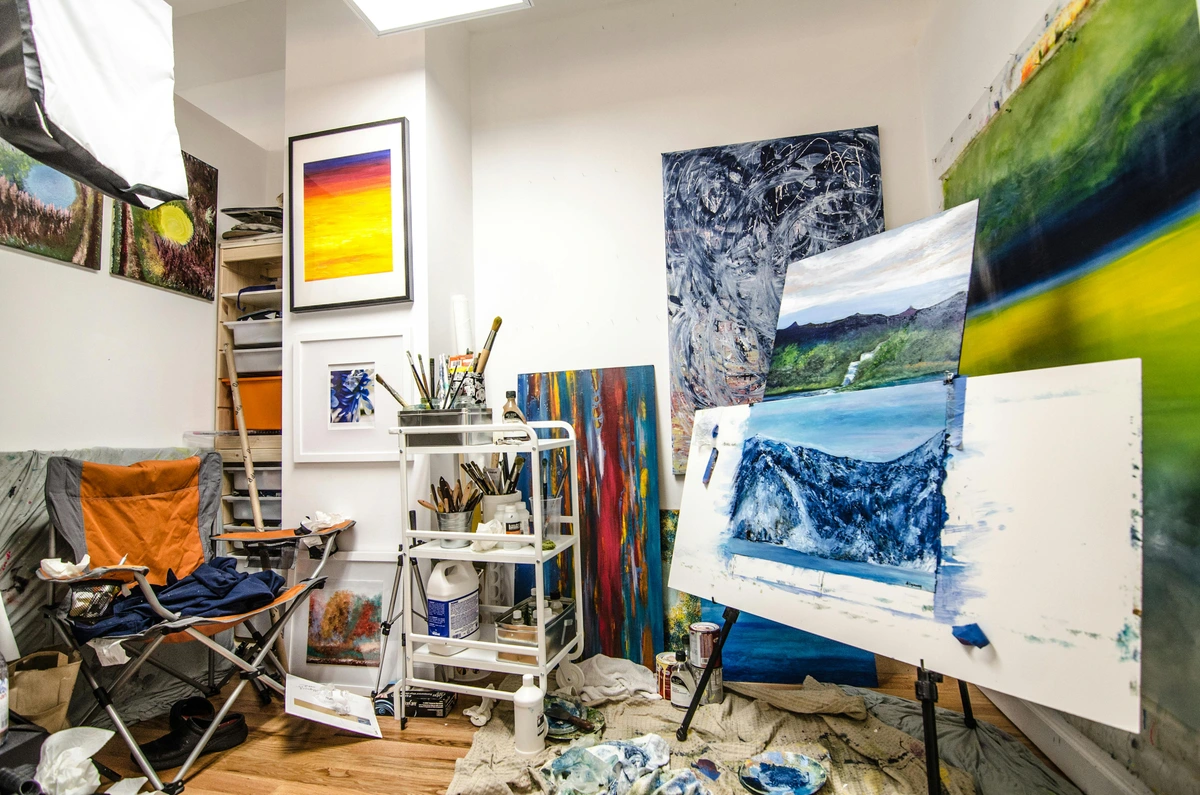
Shibuya/Harajuku: Youthful Energy & Street Smarts
While maybe more famous for fashion and the Scramble Crossing (a spectacle in itself!), Shibuya and Harajuku pulse with a youthful energy that spills into the art scene. Look for smaller, independent galleries tucked away on upper floors or down side streets, ephemeral street art, and spaces reflecting youth culture and digital trends. The Watari Museum of Contemporary Art (Watari-um) is a notable institution nearby, known for its often challenging and cutting-edge exhibitions. Expect the unexpected here – it's a district that keeps you on your toes, much like trying to cross that famous intersection!
Beyond the Main Hubs: Other Pockets of Creativity
Tokyo's art scene isn't confined to just these major areas. Part of the fun is exploring the smaller pockets where creativity thrives:
- Ebisu: Home to the excellent Tokyo Photographic Art Museum (TOP Museum), a must-visit for anyone interested in photography and moving images. Also check out NADiff a/p/a/r/t, an essential art bookstore with a gallery space – a perfect blend of browsing and viewing.
- Ueno: Primarily known for its cluster of national museums focusing on history and traditional art (like the Tokyo National Museum), but contemporary exhibitions do pop up in venues like the Tokyo Metropolitan Art Museum. It's a good reminder that the past and present are always intertwined.
- Yanaka: Offers a glimpse into older Tokyo. Here you'll find SCAI The Bathhouse, a truly unique gallery housed in a former public bathhouse, showcasing leading contemporary artists in a beautifully repurposed space. It's an experience that feels distinctly Japanese.
- Tennozu Isle: A developing waterfront area that has become an art destination, with complexes like TERRADA Art Complex housing multiple galleries. It feels a bit more planned and modern, a contrast to the organic growth of other districts.
- Koenji & Shimokitazawa: These areas, known for their vintage shops, live music venues, and alternative culture, also host smaller, artist-run spaces and pop-up exhibitions. Finding them requires a bit more effort, but they are crucial for spotting emerging talent and experiencing the raw energy of the grassroots scene.
Must-Visit Contemporary Art Destinations
Okay, let's name some names. This isn't exhaustive – think of it as a starting point for your own Tokyo art adventure. These are places that have left a strong impression on me:
Major Museums
- Mori Art Museum: High-profile international and Japanese contemporary art. The late opening hours (often until 10 pm!) are a huge bonus, perfect for catching a show after dinner. (Roppongi)
- National Art Center, Tokyo (NACT): Remember, no permanent collection here, but constantly rotating, high-quality exhibitions covering various genres, including contemporary. Its striking architectural design by Kisho Kurokawa is a work of art in itself. (Roppongi)
- Museum of Contemporary Art Tokyo (MOT): A fantastic resource with a strong focus on post-war Japanese art alongside international contemporary works. Their collection shows are often just as compelling as the temporary ones. (Kiyosumi-Shirakawa)
- Tokyo Photographic Art Museum (TOP Museum): Dedicated to photography and moving images, often featuring contemporary Japanese and international photographers. A great place to see how artists are using the lens today. (Ebisu)
- Watari Museum of Contemporary Art (Watari-um): A smaller, architecturally unique museum with often challenging and engaging exhibitions. It feels more intimate and experimental than the larger institutions. (Near Harajuku/Gaienmae)
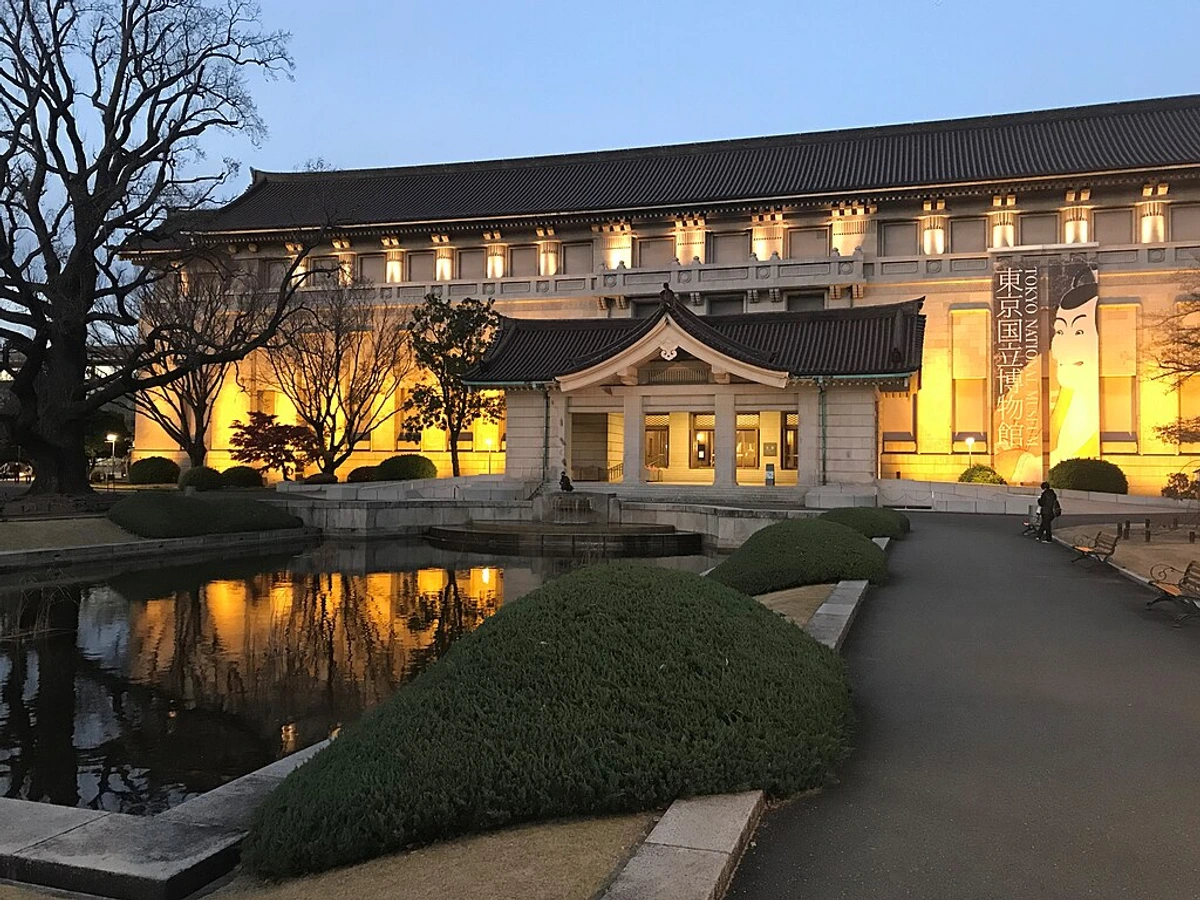
Leading Commercial Galleries (A Glimpse)
It's impossible to list them all, and the scene changes constantly! But keep an eye out for spaces like these, which represent a mix of international reach and deep roots in the Japanese scene:
- International Presence: Perrotin, Blum & Poe, Taka Ishii Gallery (often bridges Japanese and international artists).
- Key Japanese Galleries: Tomio Koyama Gallery, Mizuma Art Gallery, ShugoArts, Ota Fine Arts (representing Yayoi Kusama), SCAI The Bathhouse, Take Ninagawa. These galleries are crucial for understanding the pulse of the local market and discovering significant artists.
- Tip: Check gallery districts like Ginza, Roppongi, Kiyosumi-Shirakawa, and Tennozu Isle. Websites like Tokyo Art Beat are invaluable for listings and current shows. Remember, commercial galleries typically open later in the day than museums, often around 11 am or noon, and are frequently closed on Sundays, Mondays, and national holidays – a detail I've learned the hard way!
Independent & Alternative Spaces
This is where the real treasure hunt begins. Part of Tokyo's magic lies in its smaller, artist-run, or alternative spaces. These often pop up in areas like Koenji, Shimokitazawa, or tucked away corners of more central districts. They are crucial for spotting emerging talent and experiencing the raw energy of the grassroots scene. Finding them often requires a bit more digging (again, Tokyo Art Beat helps, as do local art zines or social media) but can be incredibly rewarding. It's in these spaces that you might find the next big thing, or simply connect with art that feels raw and authentic.
Art Beyond Walls: Public Art & Street Art
Tokyo isn't just about white cubes. Keep your eyes peeled for public sculptures (like in Roppongi Hills or Tokyo Midtown) and pockets of street art. While perhaps not as prevalent or overt as in some other major cities like Berlin or London, areas around Shibuya, Harajuku, and Koenji sometimes feature murals and graffiti. It adds another layer to the city's visual texture, a splash of color and commentary in the urban landscape.
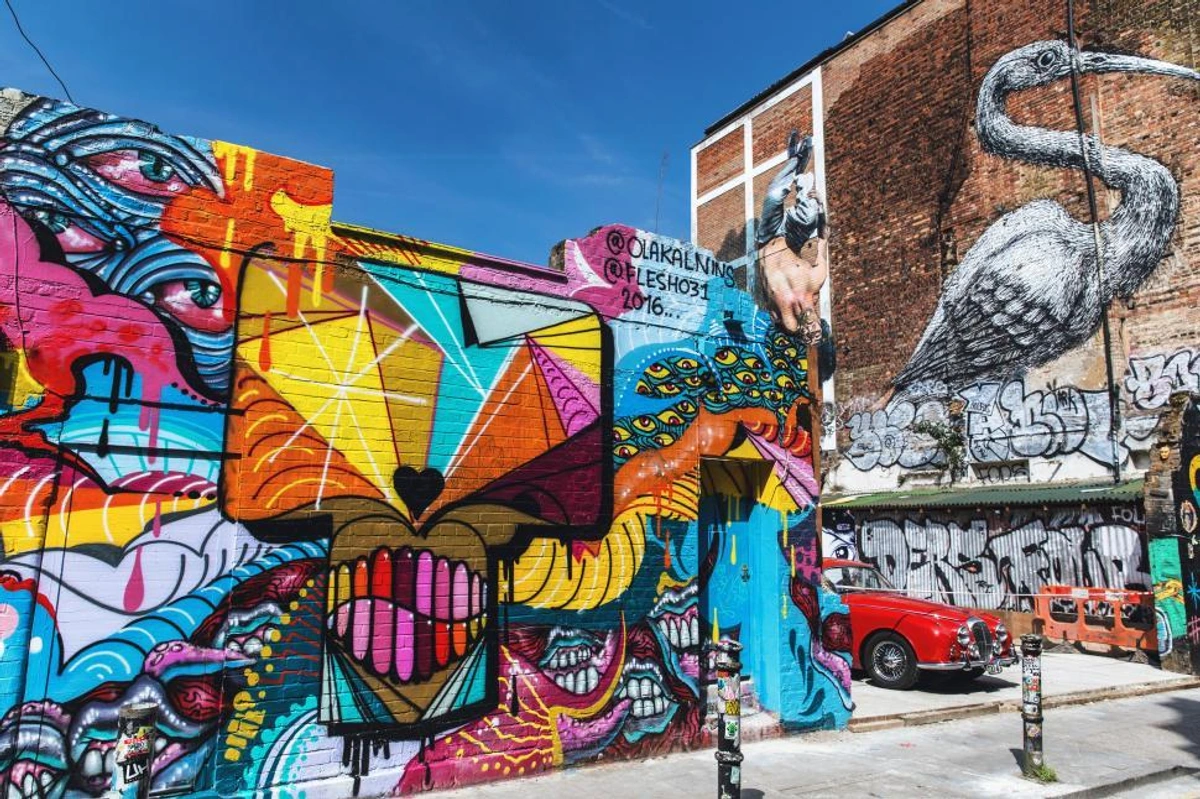
Key Figures: Artists Shaping Tokyo's Scene
While contemporary art is vast, certain names loom large globally and have deep ties to Tokyo or Japan. You likely know these, but their influence is undeniable:
- Yayoi Kusama: The polka-dot queen needs little introduction. Her immersive installations and vibrant works are internationally adored. Visiting one of her exhibitions is an experience that stays with you, a joyful, sometimes overwhelming, dive into her unique world.
- Takashi Murakami: Founder of the Superflat movement, his work blends pop culture, historical Japanese art, and critiques of consumerism. His influence on the visual landscape, both in art and commerce, is immense.
- Yoshitomo Nara: Known for his deceptively simple, often melancholic or subtly defiant figures, particularly children and animals. His work taps into universal emotions with a distinct aesthetic that feels both innocent and deeply knowing.
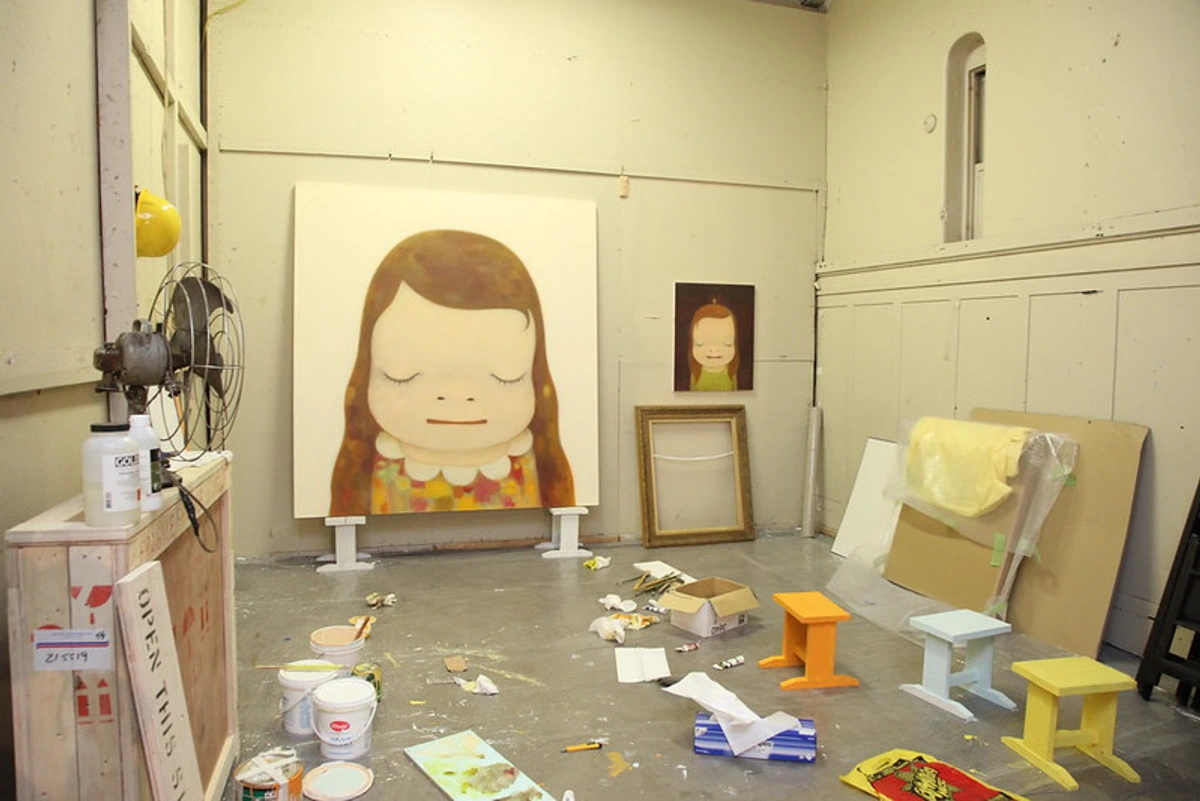
Beyond these giants, countless other exciting Japanese artists are working today, exploring everything from intricate installations and digital art to powerful painting and sculpture. Exploring galleries like those mentioned above is the best way to discover them. Look out for names like Chiharu Shiota (known for her mesmerizing, large-scale thread installations), Lee Ufan (though Korean-born, a key figure in the Mono-ha movement influential in Japan), Tatsuo Miyajima (famous for his digital LED counter installations exploring time and life), and Mariko Mori (whose work often blends technology, spirituality, and traditional Japanese aesthetics). These artists, and many younger ones, are constantly pushing boundaries and adding new dimensions to the scene.
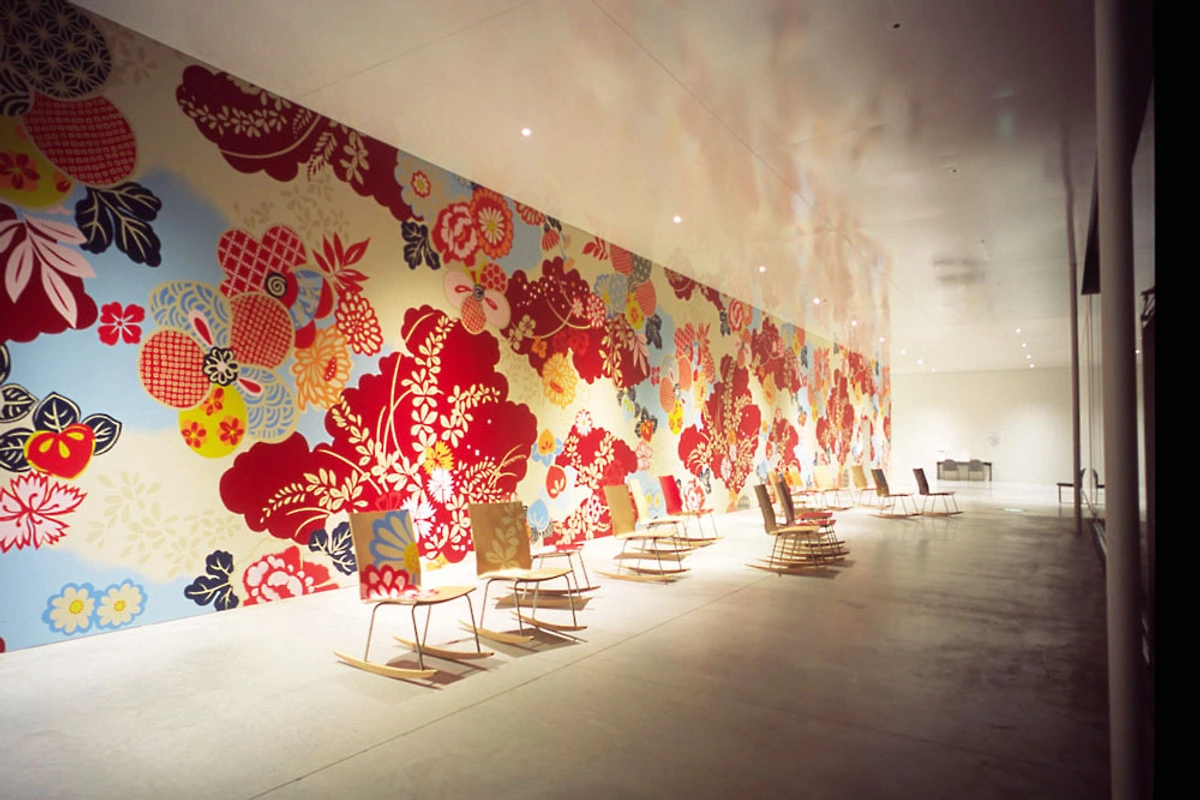
Tips for the Art-Loving Traveler in Tokyo
Alright, practicalities. Because getting overwhelmed is easy, and being prepared makes the art-hunting much more enjoyable. Trust me, I've had my moments of standing on a street corner, map upside down, wondering if I'll ever find that tiny gallery I read about.
- Plan (Loosely): Check museum and gallery websites before you go for current exhibitions and opening hours (many galleries close Sun/Mon/Holidays). Tokyo Art Beat is your friend here – it's an indispensable resource for listings and maps. Don't overschedule yourself; allow for serendipity.
- Embrace the Train: Tokyo's public transport is phenomenal (if initially daunting). Get a Suica or Pasmo card. Most art districts are well-connected. It's part of the Tokyo experience, squeezing onto a train during rush hour (maybe not ideal with a large art purchase!).
- Gallery Etiquette: Generally quiet and respectful. Photography policies vary wildly – always check first! Some places are fine, others strictly prohibit it. And please, for the love of art, don't touch!
- Language Barriers: While major museums often have English signage and information, smaller galleries might not. Don't let this deter you! Gallery staff are usually incredibly welcoming, even with limited English. A translation app on your phone is a lifesaver. Basic Japanese phrases (